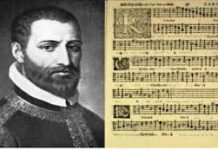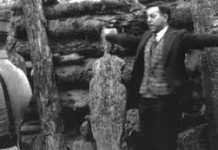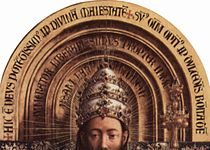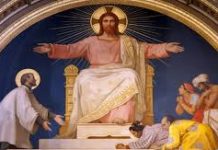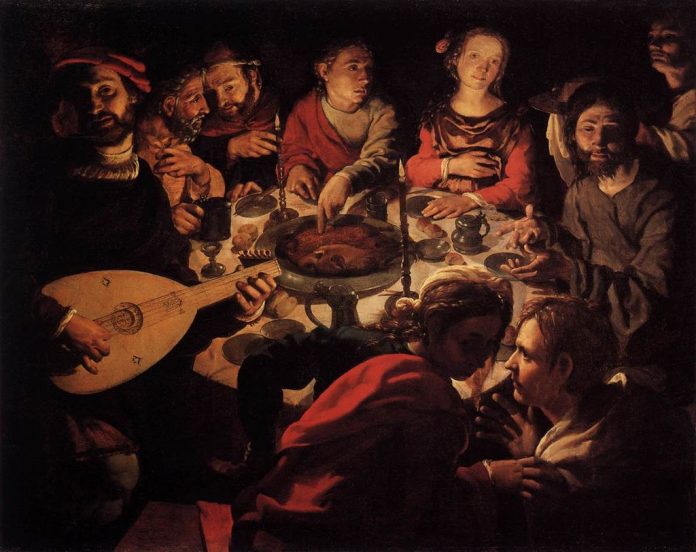
BENEDICT XVI
GENERAL AUDIENCE
Wednesday, 5 July 2006
John, son of Zebedee
Dear Brothers and Sisters,
Let us dedicate our meeting today to remembering another very important member of the Apostolic College: John, son of Zebedee and brother of James. His typically Jewish name means: “the Lord has worked grace”. He was mending his nets on the shore of Lake Tiberias when Jesus called him and his brother (cf. Mt 4: 21; Mk 1: 19).
John was always among the small group that Jesus took with him on specific occasions. He was with Peter and James when Jesus entered Peter’s house in Capernaum to cure his mother-in-law (cf. Mk 1: 29); with the other two, he followed the Teacher into the house of Jairus, a ruler of the synagogue whose daughter he was to bring back to life (cf. Mk 5: 37); he followed him when he climbed the mountain for his Transfiguration (cf. Mk 9: 2).
He was beside the Lord on the Mount of Olives when, before the impressive sight of the Temple of Jerusalem, he spoke of the end of the city and of the world (cf. Mk 13: 3); and, lastly, he was close to him in the Garden of Gethsemane when he withdrew to pray to the Father before the Passion (cf. Mk 14: 33).
Shortly before the Passover, when Jesus chose two disciples to send them to prepare the room for the Supper, it was to him and to Peter that he entrusted this task (cf. Lk 22: 8).
His prominent position in the group of the Twelve makes it somewhat easier to understand the initiative taken one day by his mother: she approached Jesus to ask him if her two sons – John and James – could sit next to him in the Kingdom, one on his right and one on his left (cf. Mt 20: 20-21).
As we know, Jesus answered by asking a question in turn: he asked whether they were prepared to drink the cup that he was about to drink (cf. Mt 20: 22). The intention behind those words was to open the two disciples’ eyes, to introduce them to knowledge of the mystery of his person and to suggest their future calling to be his witnesses, even to the supreme trial of blood.
A little later, in fact, Jesus explained that he had not come to be served, but to serve and to give his life as a ransom for many (cf. Mt 20: 28).
In the days after the Resurrection, we find “the sons of Zebedee” busy with Peter and some of the other disciples on a night when they caught nothing, but that was followed, after the intervention of the Risen One, by the miraculous catch: it was to be “the disciple Jesus loved” who first recognized “the Lord” and pointed him out to Peter (cf. Jn 21: 1-13).
(To continue reading, please see here).

